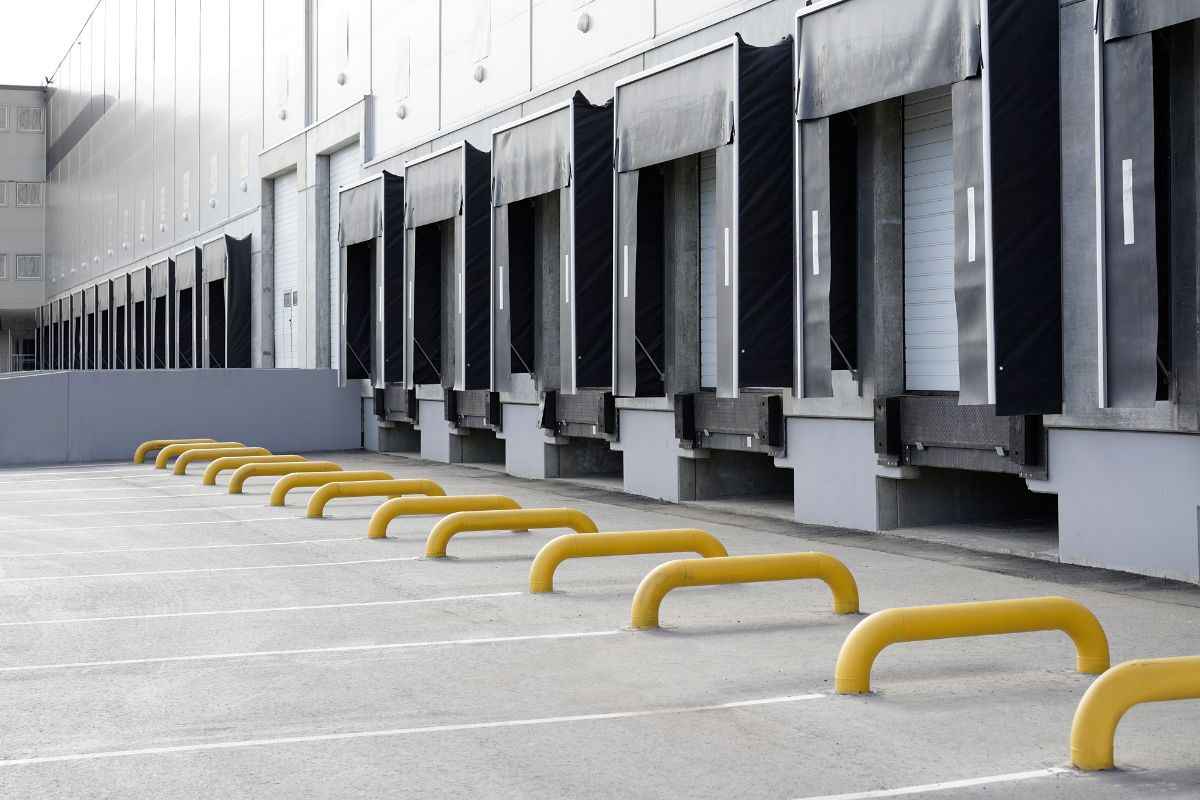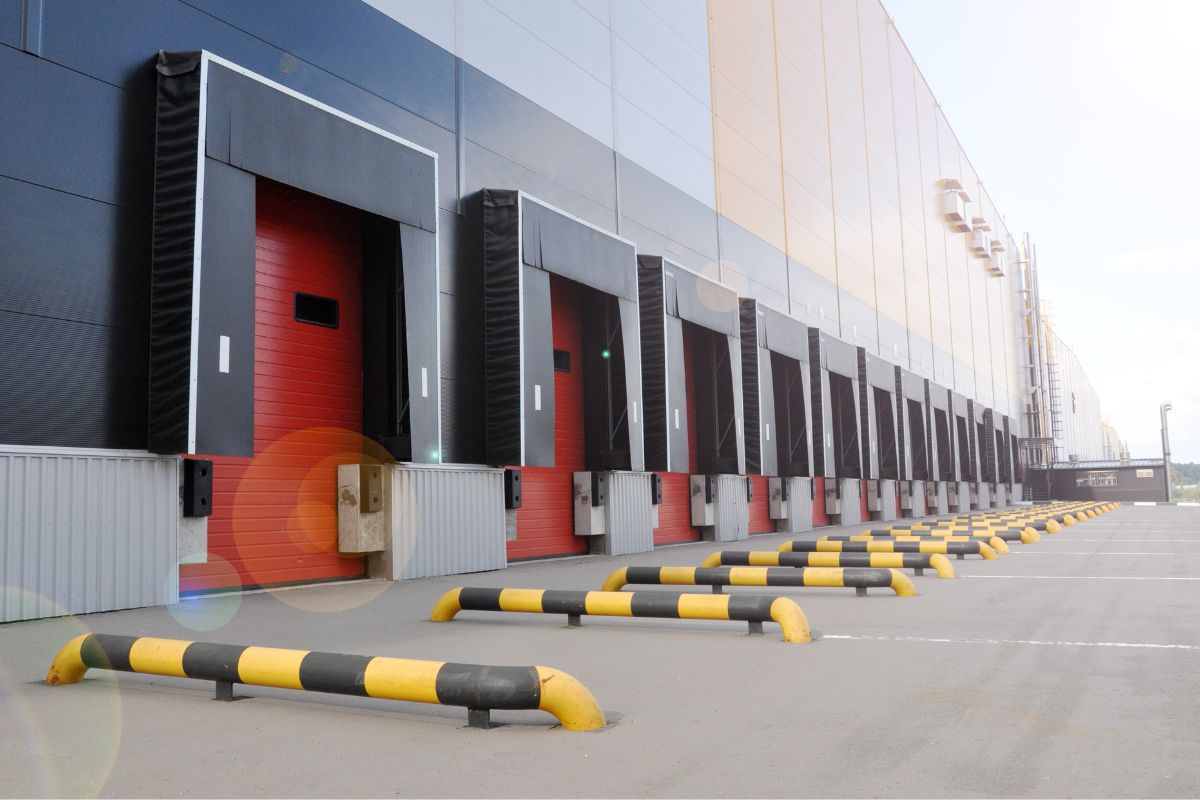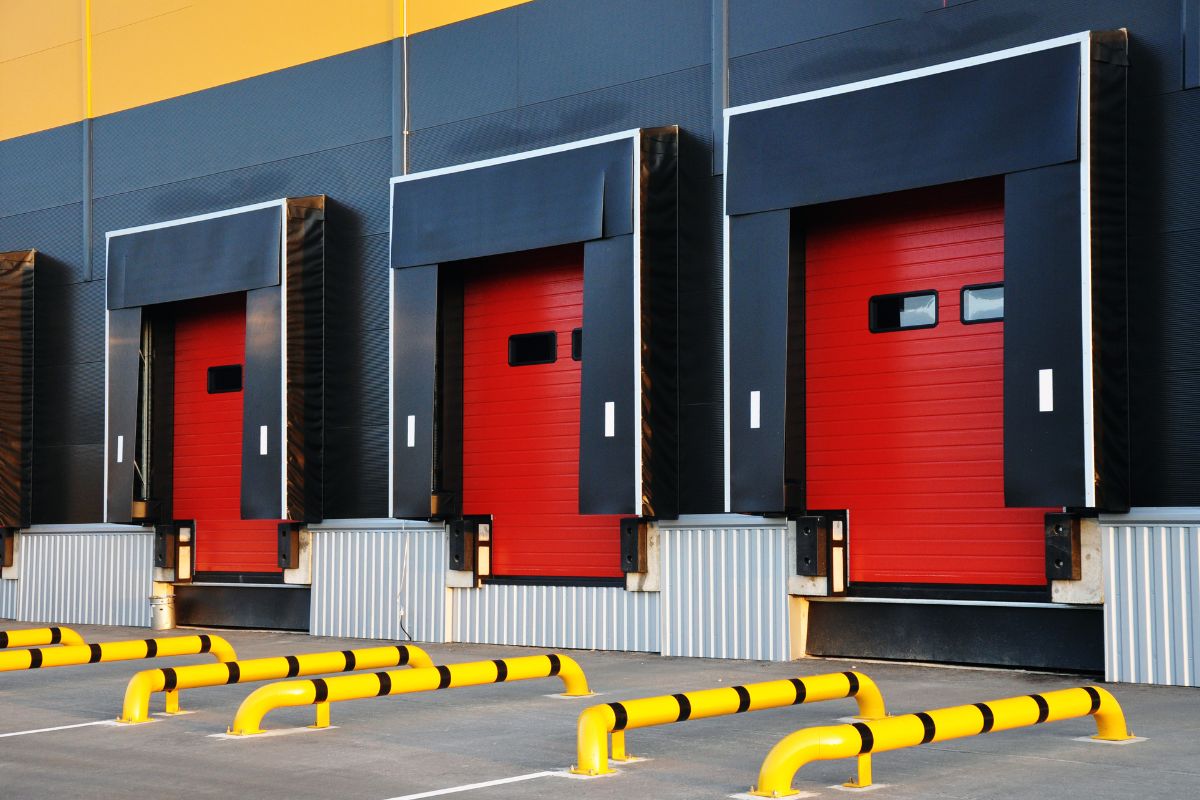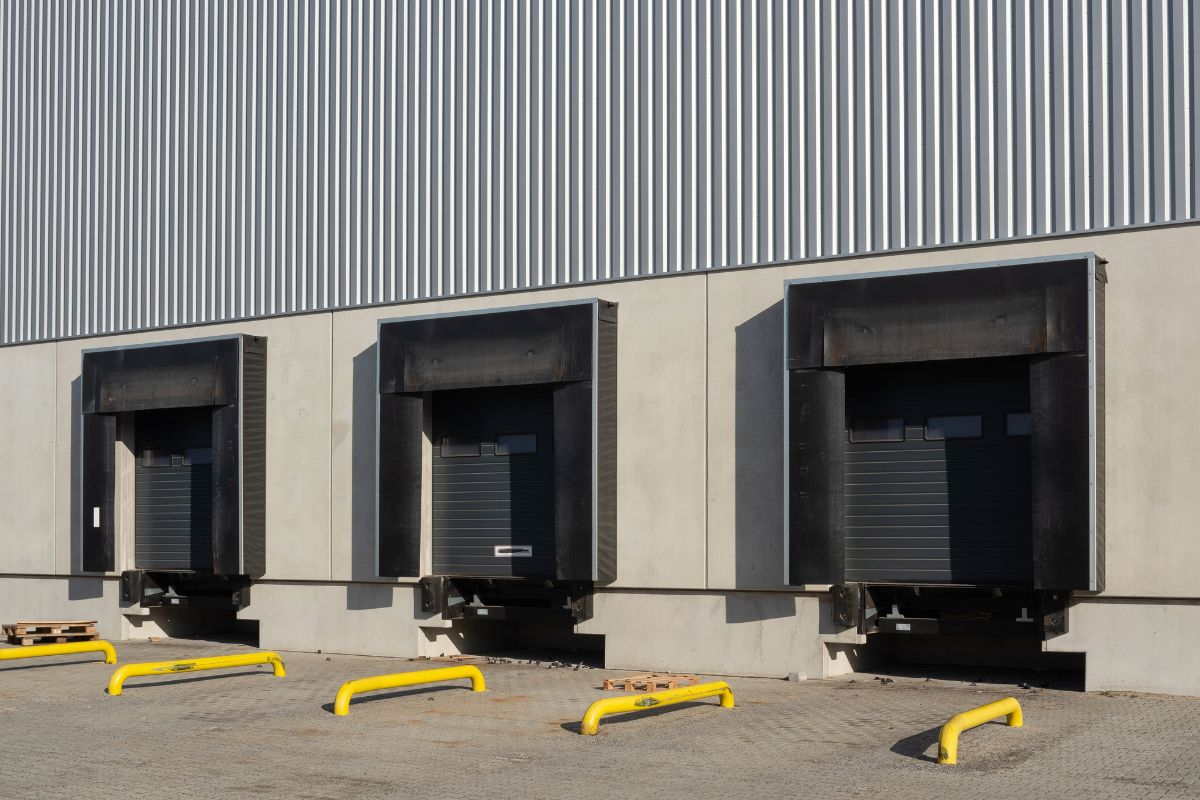The Go-To Guide for Choosing Loading Bay Wheel Guides
Loading docks serve as the nerve centre of any business, where goods enter and exit warehouses rapidly. Safety is paramount for loading dock staff and drivers, especially as the busiest docks can see hundreds of trucks each day.
About 25% of all industrial accidents occur in loading bays. With heavy machinery, constant vehicle traffic, and the pressure to maintain a steady workflow, accidents and delays can easily occur. Misdirected truck trailers can impact infrastructure and cause costly accidents, negatively affecting business productivity.
One straightforward solution to these challenges is installing wheel guides. However, with various options available, how do you choose the right ones for your loading bay?
Straight Wheel Guides
Straight wheel guides are the most common option for loading bay protection. Their straight design directs vehicles along a set path, aiding truck drivers in reversing trailers into loading docks.
Straight wheel guides are often the most cost-effective option, particularly for loading bays with a clear, unobstructed path. Their minimal design allows for easy on-site installation.
Why choose straight wheel guides?
- Clear path - straight guides are best suited to loading docks with a clear, unobstructed path where trucks have plenty of room to line up.
- Cost-effective - the standard design is cost-effective, making them ideal if you need to keep costs to a minimum.
- Easier install - they are much easier to install when compared to longer versions, great for minimising groundwork on site.
Ideal for: most loading bays, but works best where there is a clear, straight run up to the loading dock.

Low Profile Wheel Guides
Designed for trucks with lower wheel diameters, such as trailers and double-decker vehicles, low-profile wheel guides are less intrusive and help avoid snagging on the underside of vehicles.
They are best suited for areas with regular low-clearance trailer traffic or strict height restrictions.
Why choose low profile wheel guides?
- Lower wheel diameters - they are less likely to interfere with low clearance vehicles
- Height restrictions - helps loading docks that need to adhere to specific height restrictions
Ideal for: loading docks with strict height restrictions or lower average vehicle heights.

Need advice on choosing wheel guides?
Call our experts for advice on your next loading bay project
Call 01908 464 527Cranked Wheel Guides
Featuring curved ends, cranked wheel guides assist drivers by helping to "funnel" the trailer into the loading bay.
This design reduces the risk of truck wheel rims colliding with the guides, preventing expensive repairs. They are ideal for loading docks with limited space or when navigating obstacles.
Why choose cranked wheel guides?
- Limited space - cranked wheel guides provide better guidance, especially in areas with minimal space for drivers to manoeuvre
- On-site obstacles - they provide better guidance around obstacles like columns, pillars or walls.
- Frequent near-misses - if your dock is experiencing frequent near-misses it might be time to upgrade to cranked wheel guides to offer better guidance.
Ideal for: loading docks with minimal space for vehicles to turn, obstructions or where drivers require more guidance.

Extended Wheel Guides
These are longer versions of cranked wheel guides, typically around 3 metres in length. Their extended design enhances visibility and aids drivers in parking trailers correctly.
Consider these for complex loading docks or where larger truck traffic is significant.
Why choose extended wheel guides?
- Complex loading docks - extended wheel guides can help if you have complex docks that might include more turns or obstacles than normal.
- Frequent large truck traffic - the extended design makes it easier for larger trucks to park.
- Visibility - longer wheel guides make it easier for drivers to line up trailers, especially in longer straights or in poor weather.
Ideal for: complex loading docks with a mixture of smaller spaces, turns or obstacles. Also suitable where drivers require extra guidance.

Tips for Choosing Wheel Guides
- Assess Your Environment: Consider the types of vehicles using your loading bay. Are they large, small, high, or low? Tailor your choice to fit your specific needs.
- Consider the Installation: Some wheel guides are easier to install than others. If you have strict time constraints, opt for a type that requires minimal installation time.
- Evaluate Your Budget: While it may be tempting to choose the cheapest option, think about the long-term benefits of investing in the right loading bay protection.
- Prioritise Safety: Always keep safety as your top priority. The right wheel guide can prevent accidents and improve workflow.





